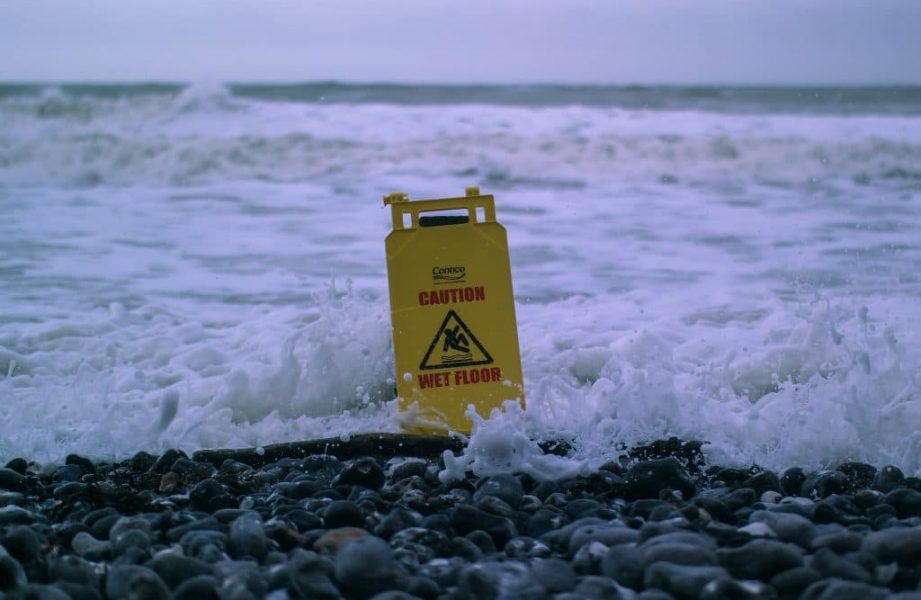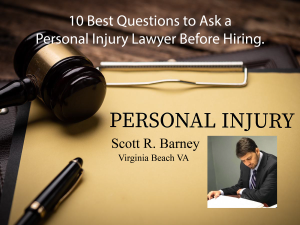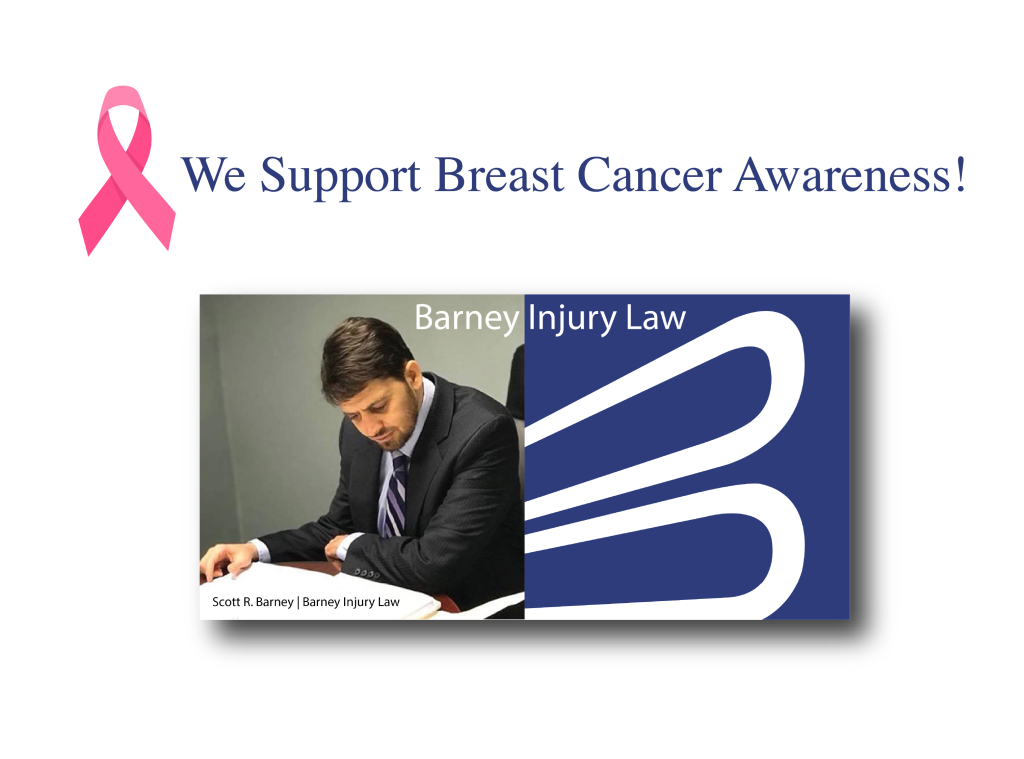Maximizing Compensation with a Skilled Accident Attorney: Your Guide
Accidents can happen at any time, leaving individuals and families to deal with not only physical injuries but also financial and emotional burdens. Securing adequate
BARNEY INJURY LAW

We see them all the time at grocery stores, those large yellow warning signs with the little cartoon person falling to his demise, warning us that the floor is wet. Have grocery stores always used these garish warning signs? Why are they so prevalent? The prevalence of these signs demonstrates an attempt by business owners to prevent their customers from slipping and falling on their floors and later bringing a lawsuit for their injuries.
Slip and fall lawsuits constitute a large area of tort law and are indeed some of the cases that receive the most publicity. Tort law is an area of the law in which a person can recover for an injury suffered as a result of someone else’s negligent or intentional behavior. This article will examine what slip and fall lawsuits are in terms of legal causes of action, the scope and frequency of these types of personal injury lawsuits, and the types of recovery for those injured by a slip and fall accident.
Slip and fall cases refer to those cases brought by people who have slipped, fallen, and injured themselves on someone else’s property as a result of someone else’s carelessness. Slip and fall cases are part of personal injury law; the injured parties who bring suit are personally injured by the store or business’s carelessness in leaving the floor wet. The injured person generally must demonstrate the following to be successful:
Sometimes, it can be difficult to prove that the store owner or employees knew or should have known about the dangerous condition, so it is important to have a legal expert help determine the best way to gather the evidence showing that they did know about the wet floor.
These types of personal injury tort cases have a long and interesting history that we will briefly explore. A business can be held responsible for someone’s slip and fall accident when the business had control of the premises at the time of the accident.
This means that if an accident happens at a grocery store and the grocery store is renting the property from a landlord, the landlord may have shared or sole responsibility to compensate the injured person. The business that rents the premises may also have a responsibility to compensate the injured person if it had exclusive control of the area where the injured party slipped.
The National Floor Safety Institute reports that falls are the reason for over 8 million emergency room visits in the U.S. yearly. Slip and falls account for over 1 million of the total of falls, or 12% of the total falls. While slip and fall injuries are generally not fatal occupational injuries, they are the most prevalent cause of people losing days at work. Additionally, slip and fall incidents are the leading cause of workers’ compensation claims in the U.S. in adults who are 55 years old and older.
The Center for Disease Control and Prevention notes the following about slip and fall cases:
The statistics above show how expensive and damaging a slip and fall injury can be. In this section, we consider what types of compensation a victim of a slip and fall accident may be entitled to via a lawsuit.
The first type of compensation a successful injured party can receive is called specific compensation. This refers to compensation that is easy to quantify such as medical bills, in-home medical treatment, hospital stays, physical therapy, and other medical expenses.
The next type of compensation is called general compensation and covers items that are more difficult to quantify such as pain and suffering, loss of consortium, and other consequences of the injury.
Some courts may award punitive damages as a way to punish the defendant for malicious or reckless actions. This standard is harder to meet than a business who only negligently or carelessly failed to warn the customer of a wet or slippery floor. When a plaintiff’s behavior is especially blameworthy, juries and courts often order a large sum to be paid to the victim as a way to deter others from acting so maliciously or recklessly.
We have seen evidence that slip and fall accidents are quite common in the United States. The treatment of slip and fall cases is also quite costly. With brain injury or hip injuries as common consequences of falling, it is important that businesses protect their customers by warning them of potentially dangerous conditions like wet or slippery floors. If you were the victim of a business’ carelessness and failure to warn of a condition, you may be able to receive compensation for your injuries. Please contact an experienced slip and fall personal injury attorney today.
Accidents can happen at any time, leaving individuals and families to deal with not only physical injuries but also financial and emotional burdens. Securing adequate

Death is always a delicate topic, but when it comes to the heavy burden of being wrongful, it tangles with the legal system in complex

The world of car insurance is constantly evolving, and it’s essential to stay informed about any changes that could impact your coverage. In July 2023,

Question 1: What are your fees? Many personal injury attorneys work on a contingency fee basis, which means you won’t have to pay a fee unless
Personal Injury Lawyer Serving
Virginia Beach Have You Been In An Accident?

VX4F+FJ Virginia Beach, Virginia

This website is Attorney Advertising. This website is designed for general information only. The information presented at this site should not be construed to be formal legal advice nor the formation of a lawyer/client relationship. Serving accident victims in Virginia Beach, Norfolk, Chesapeake, Portsmouth, Hampton and surrounding Virginia communities.